As a conversion rate optimization (CRO) designer at Capterra, I've built hundreds of optimized landing pages for software vendors looking to succeed in pay-per-click.
I start the design process by reviewing the landing page that a vendor is currently using, which means I have also seen hundreds of landing pages that aren't yet optimized.
If your landing page isn't performing as well as you'd like and you're worried that you're doing something wrong, read on to learn about five landing page mistakes that lead to lower conversion rates and what you can do to avoid them.

1. You're linking away from your landing page
With PPC, you want a good number of the clicks you're paying for to turn into leads—the exact number will depend on your campaign goals.
Once those clicks have converted into leads, you need to attribute that lead to the right channel, as this is how you calculate ROI.
Linking to your website (or other sites) can take customers away from the main conversion path and distracts buyers from the main goal of the page, ultimately hurting your conversion rate and making you miss out on possible leads.
Additionally, if you don't have tracking set up correctly, it can be difficult to properly attribute the lead source if any of the buyers end up converting somewhere on your website.
Recommendation: Make your landing page a standalone web page with no links to your website or other external sites. (Note: Privacy policy and terms and conditions links are an exception, but make sure they open in a new tab.)
2. Your unique selling proposition (USP) isn't clear in your headline
A unique selling proposition (USP) is defined by Business Set Free as “the reason that you give for why people should buy from you and not from the others."
Considering eight out of ten people will read headline copy, but only two out of ten will read the rest, your main headline should introduce your USP to keep buyers on the page.
You can, and should, keep the main headline concise and expand on your USP in the subhead and body—but buyers should know what differentiates you as soon as they get to your landing page.
If you're not telling buyers right away why they should care about your product, they'll move on to a competitor, and you'll end up missing out on a potential lead.
For example, REACH Media Network's headline on their website isn't optimized for PPC:
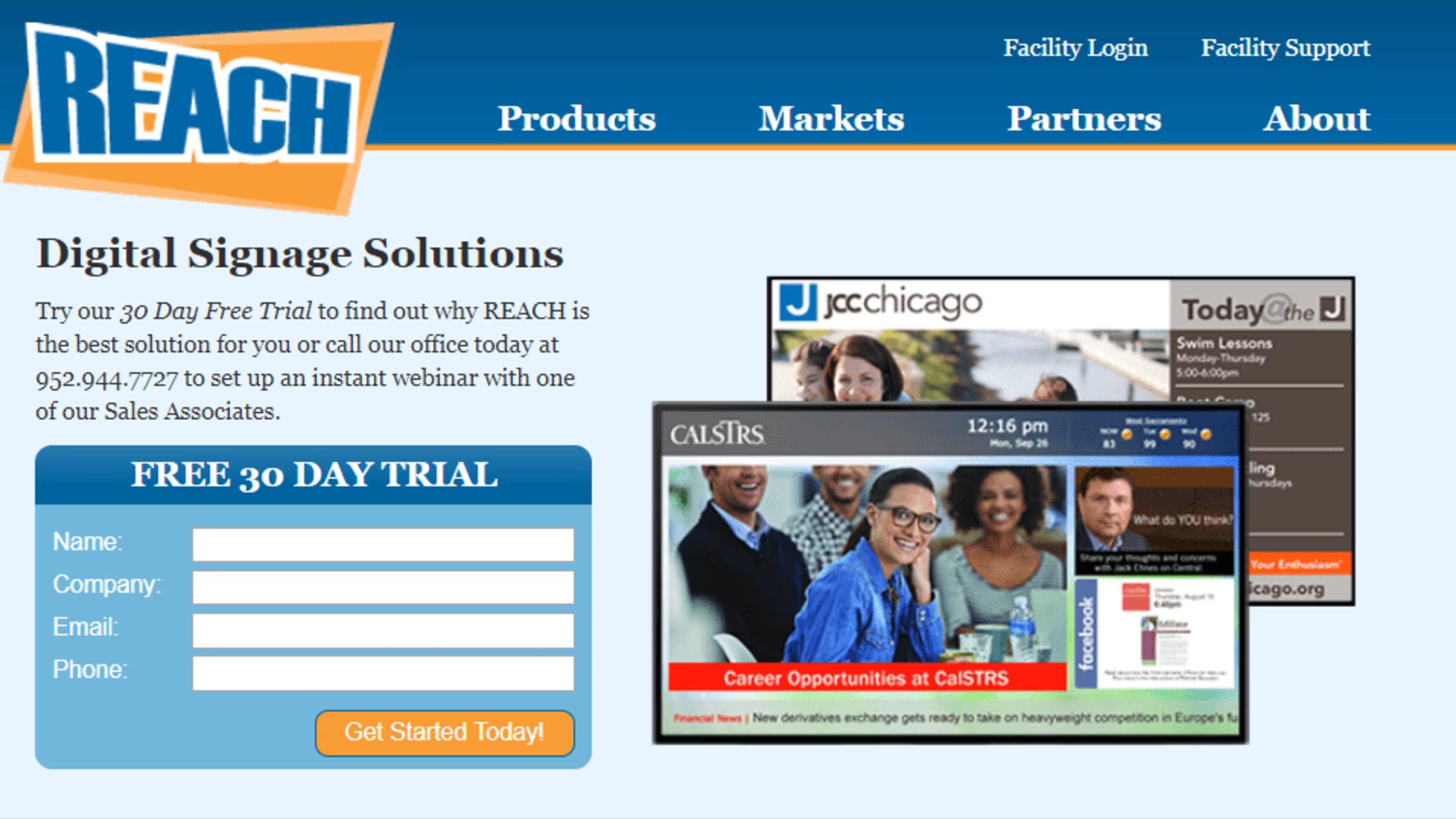
This headline only states what kind of software this product is, but doesn't tell buyers why they should choose REACH over other digital signage solutions (via REACH)
In the example below, REACH Media Network's PPC landing page headline highlights differentiators:
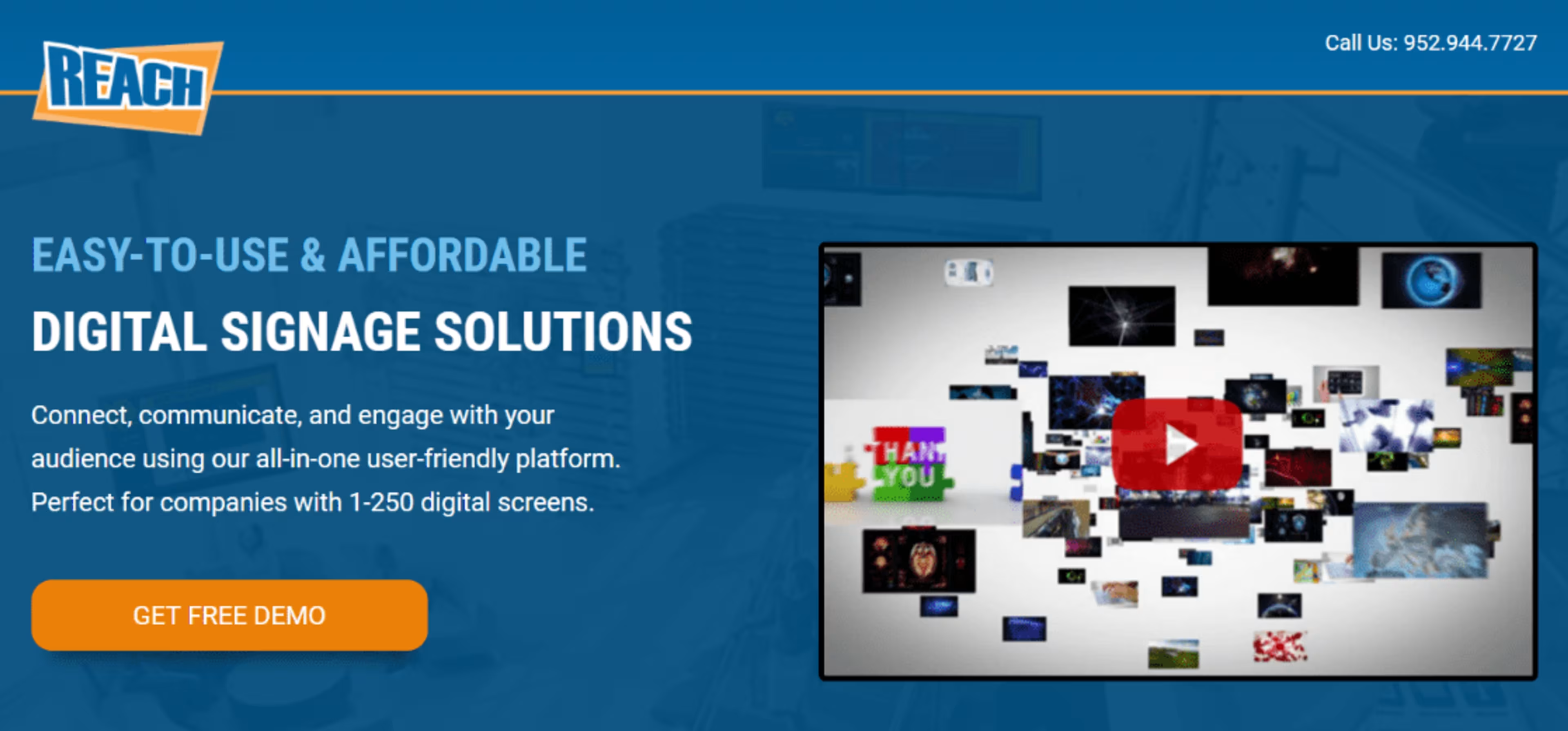
This headline tells buyers right away what sets Reach solutions apart: they are easy-to-use and affordable (via REACH)
Recommendation: Spend some time crafting a great headline/USP that tells buyers not only what your software does but also what problems you solve and why you are better than your competition.
3. Your call-to-action (CTA) is not compelling
If you want people to fill out your form, you need to offer them something they want.
For software buyers, “Get Free Demo" and “Get Free Trial" CTAs are the ones that convert best. This is because software buyers at this stage are looking to experience a solution first hand, so a demo or trial offer will be the most compelling.
A CTA offer such as “Contact Us," on the other hand, might work well on a website but not necessarily on a PPC landing page where buyers are trying to compare products.
Recommendation: Find out what the most compelling call-to-action is for your buyers by checking out what has worked for you in the past, talking to your sales team about what prospects are asking for, asking current customers what offer they prefer, and A/B testing.
4. You haven't thought about mobile
With over 50% of searches now coming from mobile devices, your landing pages need to be optimized for mobile. Usability on mobile is a different game than on desktop, since people don't interact with their phones in the exact same way as desktop computers.
While on a desktop, a user's attention will go to the top left of the page first. But according to an eye-tracking study by Google, a user's attention on mobile is focused on the center and top half of the screen.
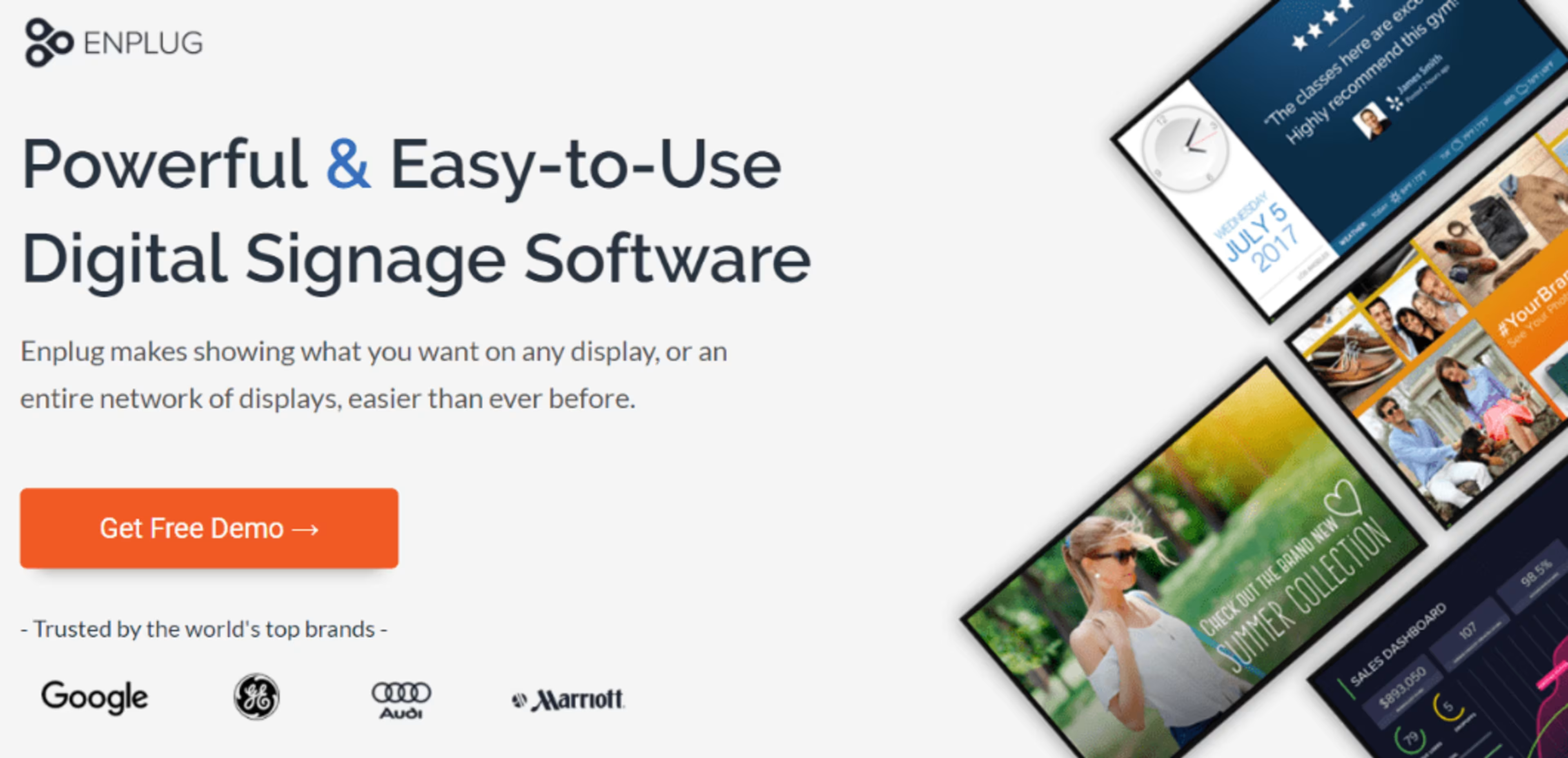
Enplug's site optimized for desktop (via Enplug)
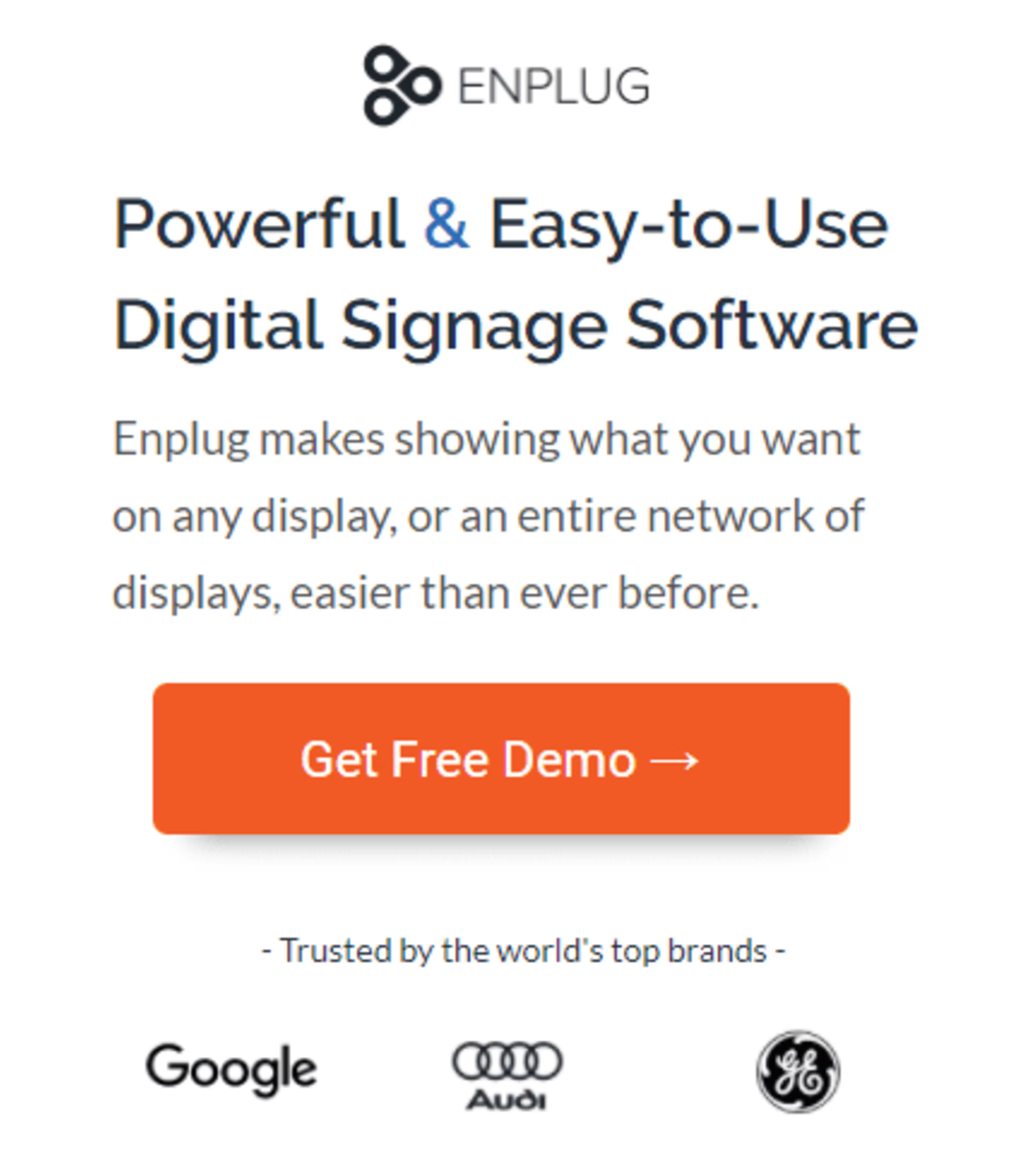
Enplug's site optimized for mobile (via Enplug)
Recommendation: Read up on the differences between desktop and mobile users and give each the experience that works best for their device. Through user testing, you can also get insight into how users interact with your specific landing pages using different devices.
5. You're using a one-size-fits-all approach
Imagine you're about to take a sip of a chocolate milkshake—only to realize you've been given chocolate milk. It's similar, sure, but not exactly what you were expecting. You end up confused and likely disappointed.
In the same way, someone clicking on an ad for EMR software may be surprised to land on a page whose above-the-fold instead mentions Healthcare CRM software. While they may be similar, they aren't exactly the same, and the lack of message match between the ad and the landing page will confuse buyers.
Recommendation: To avoid this scenario, duplicate your landing page and tailor at least the headlines to match the keywords of your PPC ads. This is the approach we took with IQMS, whose solution can be used for enterprise resource planning, warehouse management, quality management, and more.
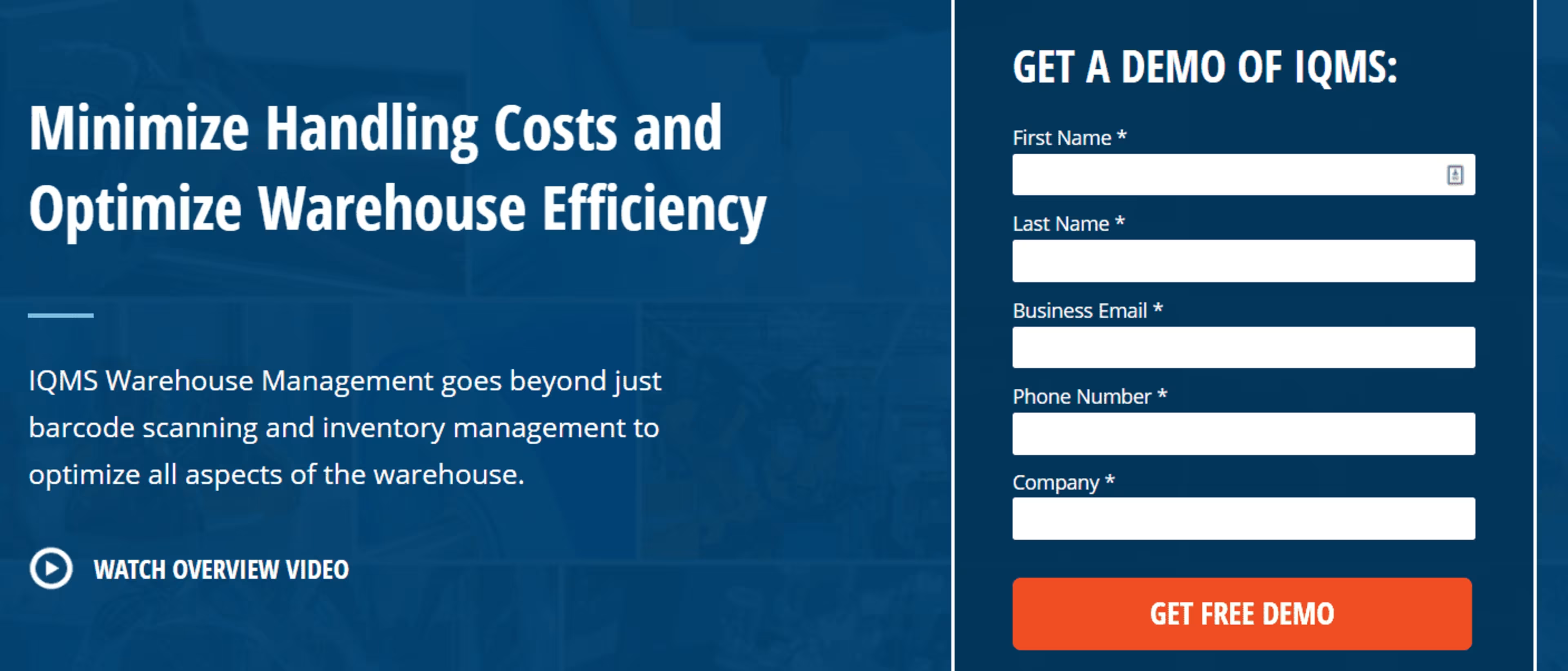
IQMS warehouse management page (via IQMS)
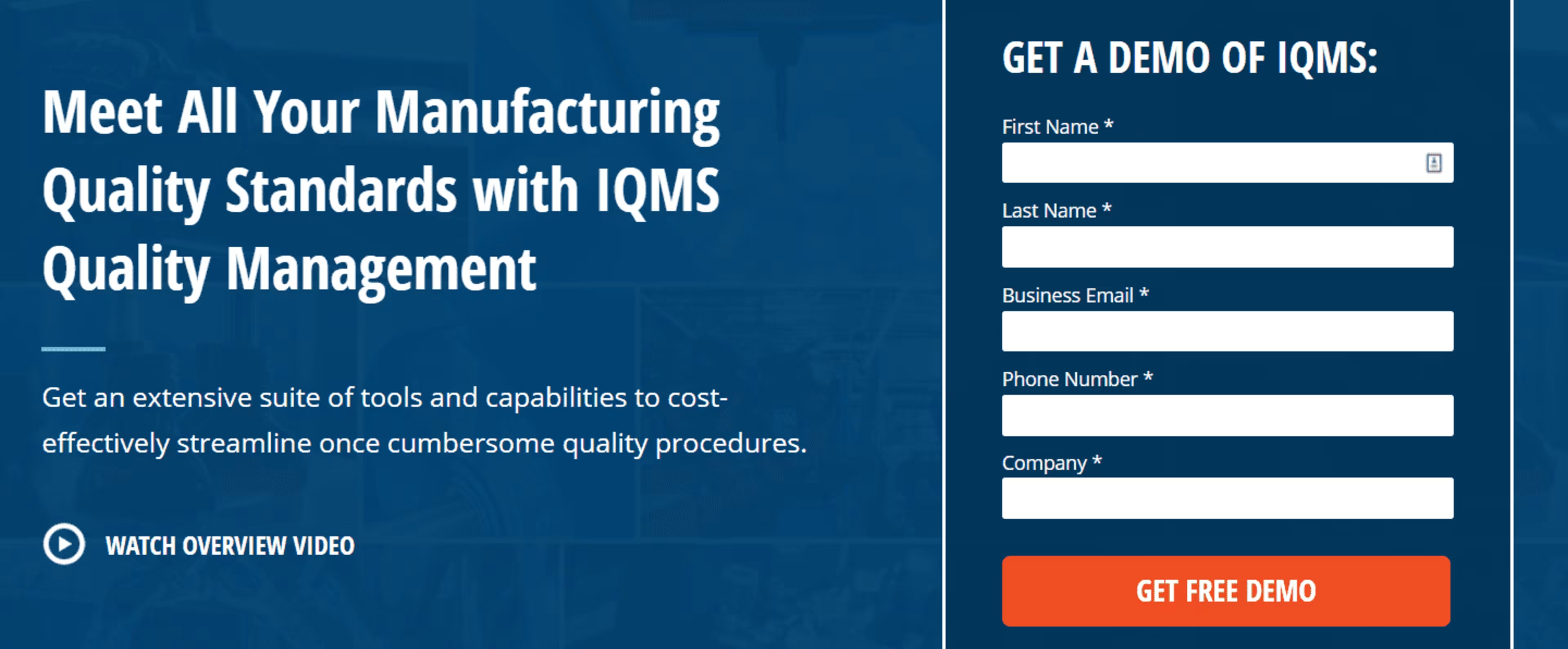
IQMS quality management page (via IQMS)
Want to take it up a notch? Also tailor the body and images of the landing page to match your ads—focus on the features and screenshots most relevant to the keywords of that ad.
Start fixing your landing page now
Just because many people are doing something (or not doing something), doesn't mean it's right. There are lots of common landing page practices that actually hurt conversions—we have only scratched the surface!
What are some landing page mistakes you've made in the past that may have caused you to miss out on leads? Tell us in the comments below.